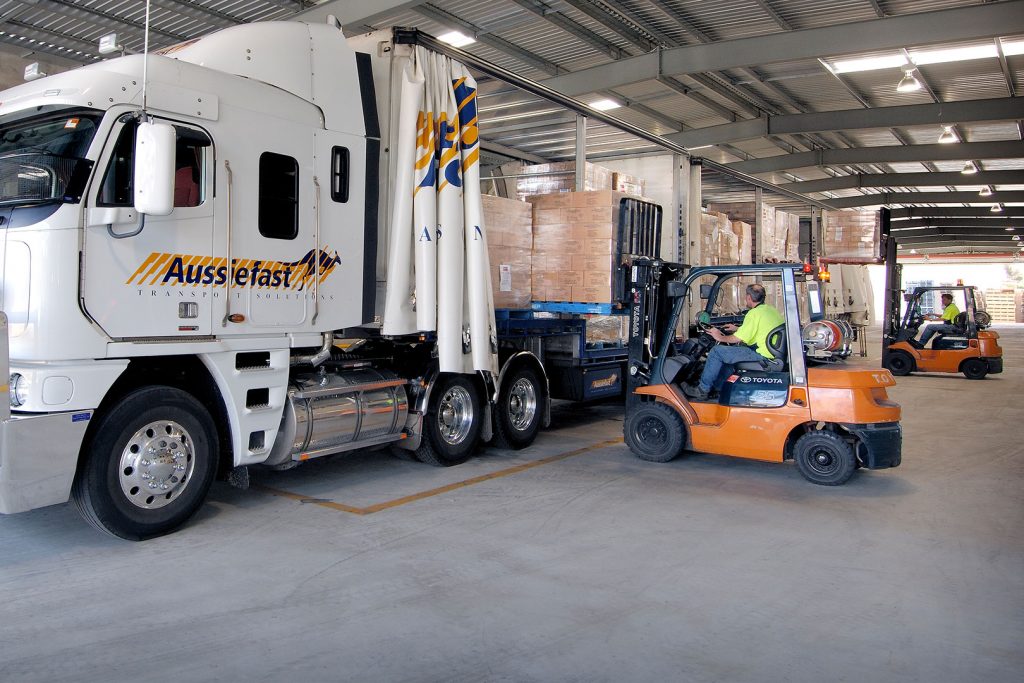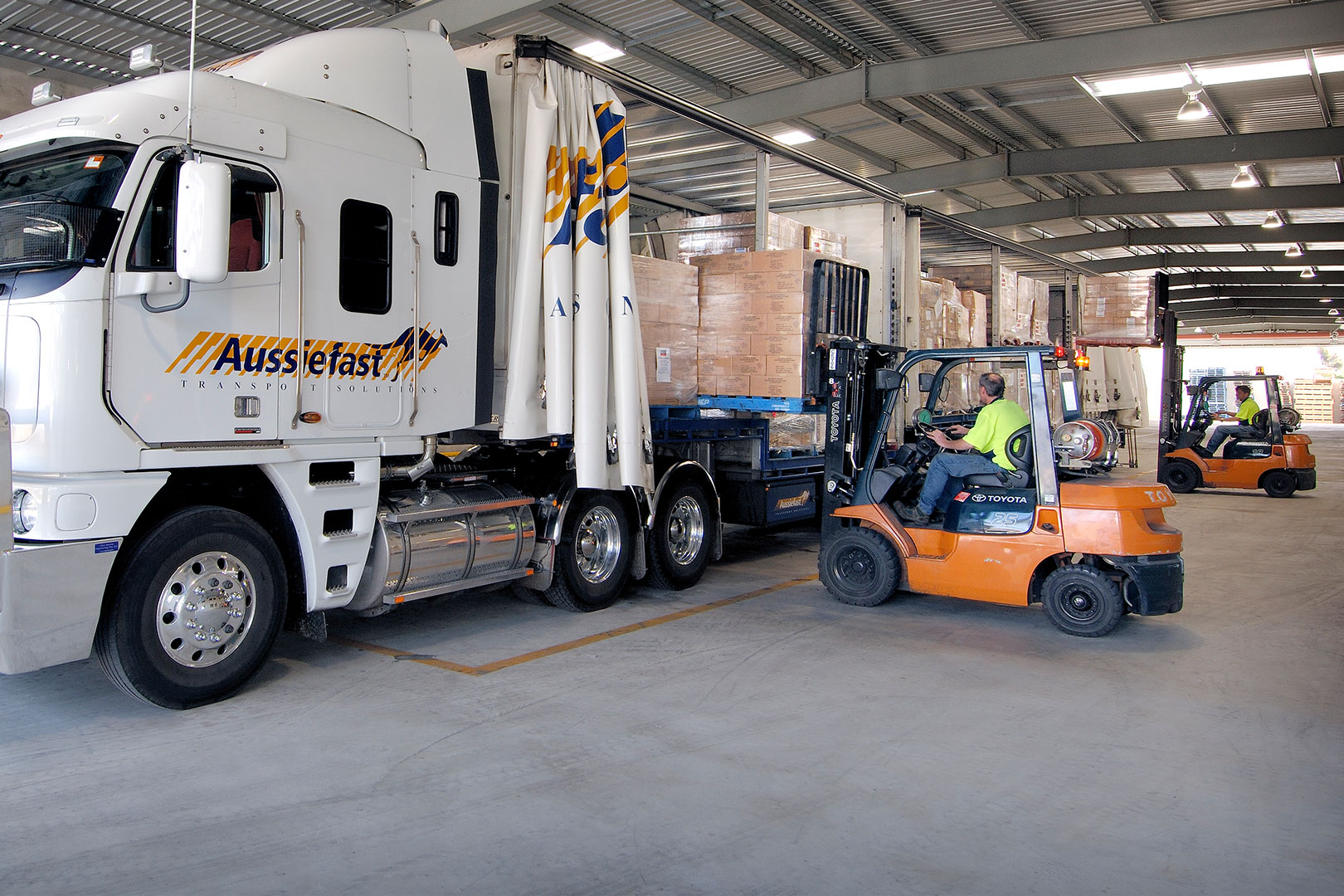When you run a business, you have a financial obligation to keep your profits as high as possible while still running an ethical business. To keep your profits high, you need a large gap between how much money you’re spending and how much money you are making. To do that, you need to keep your costs as low as possible. You have probably spent a lot of time thinking about how to cut your spending, but there are some methods that tend to fall through the cracks. One of the biggest expenses that is often ignored is the cost of shipping goods. In the twenty-first century, you have to ship goods all over the world; that is a common expense for most businesses and you might think the prices are fixed. However, they aren’t as static as you might think. There are three main types of freighting: sea, land, and air. Each one has advantages and disadvantages, and if you are going to ship your items, you should know the pros and cons of each one.

Sea Freight
Sea freight is the least expensive form of freighting if you are sending something long distance. No matter where you are shipping from, pallet delivery in Denmark will be possible if you have a good freighting partner. Sea freight is the least expensive for long distances because it does not have the sorts of restrictions that air and land travel have. When you are shipping something by sea, it is loaded onto a pallet that is then packed into a shipping container. The container is then put on a barge or a container ship and sent where it needs to go. By nature of sea freighting, the barges are incredibly large and they have very high tolerances for heavy items. You can pack a lot of heavy things onto a cargo ship without greatly affecting its ability to travel. That gives you the freedom to ship as much as you want, and in addition, the freighting company does not have to charge you high prices for heavy items. The main drawback to sea freighting is the timing. The sea is very unpredictable and moving such a large and heavy ship is very difficult; therefore, sea travel takes a long time. In many cases, cargo can be shipped around the world in just a few days, but if the ship hits rough waters or encounters a storm, it could slow down the entire process. If you are shipping heavy items or you don’t have a tight timeframe, sea freight can be your business’s best friend.
Air Freight
Air freighting is the fastest way to get an item from one place to another. When you freight an item by air, it is loaded onto a pallet, put into a cargo plane, and flown to the destination. Destinations practically anywhere in the world are only a few hours away when covered by a jet. You can ship your items to just about anywhere. The main drawback to air freight is that the weight of an item is a serious consideration; there are very tight restrictions on how much weight a cargo jet can carry. That makes weight a precious resource, and companies charge dearly for heavy items. So, if you have something you need shipped quickly or if you’re shipping very lightweight items, you should definitely choose air freight.



